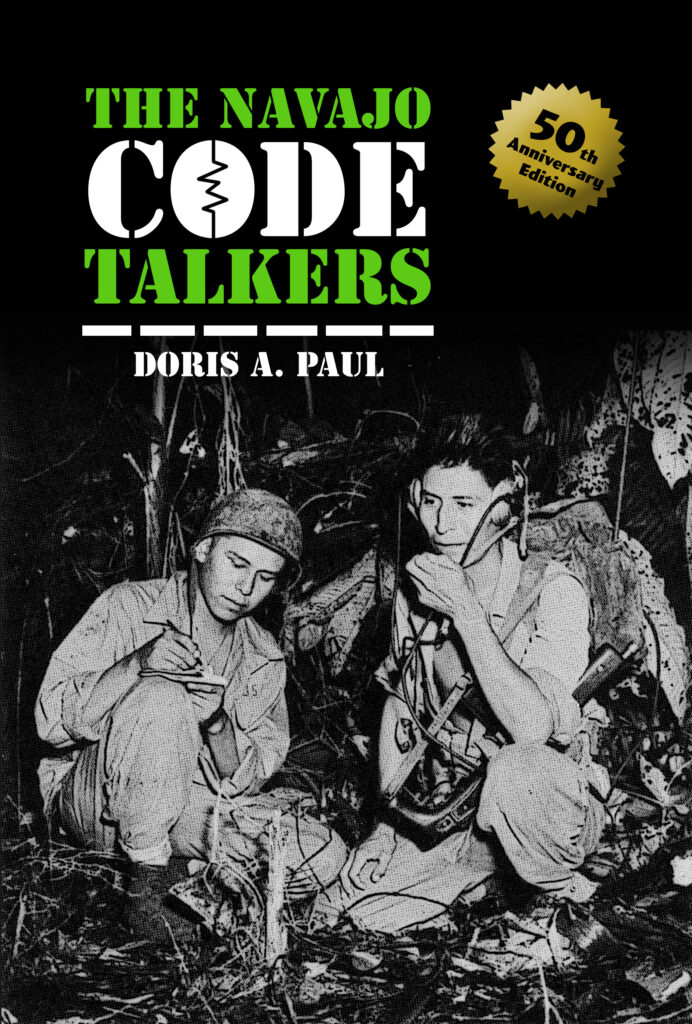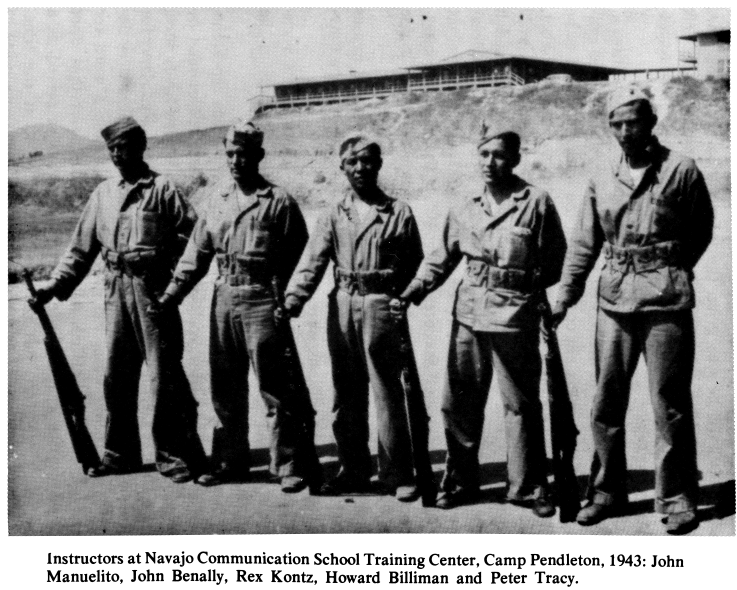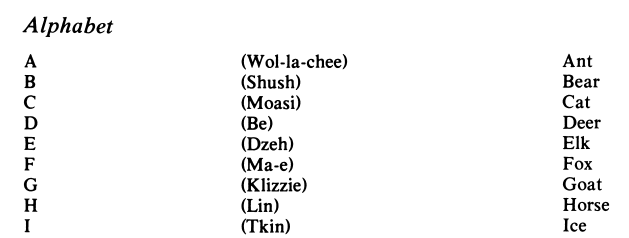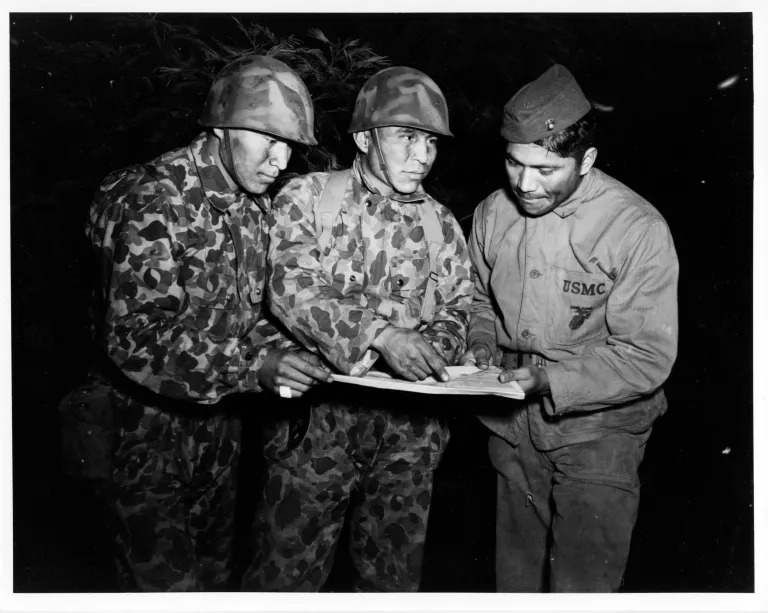Who Were the Navajo Code Talkers? | The Navajo Code Talkers 50th Anniversary
2023 marks the 50th anniversary of the publication of The Navajo Code Talkers by Doris A. Paul. The Navajo Code Talkers, published by Dorrance in 1973, remains the single most comprehensive historical account of the contribution of the Navajo Americans during World War II.
With more than 50,000 copies in print, The Navajo Code Talkers was one of the first published efforts to tackle the fascinating subject of how Navajo Marines developed a code based on their own language – a code that was never broken by the Japanese.

Who were the Navajo Code Talkers?
In general terms, “code talkers” is a term for indigenous Americans who have used their tribal language to send secret messages on the battlefield. Such code talkers were used in World War I who spoke Choctaw and Hopi. According to The Navajo Code Talkers, a Technical Sergeant by the name of Philip Johnston suggested using the Navajo language for code talkers to the United States Marine Corps in the Pacific theater of World War II, in order to counter the advanced cryptologists of the Japanese forces.

The Marine Corps trained 29 Navajo men in combat and radio communications in 1942. Once overseas in battle, they were the largest code talking cohort ever in the U.S. military. The Navajo men were enlisted members of the military like any other soldier, and were sent to pivotal battles in the Pacific such as Guadalcanal, Bougainville, Tarawa, Makin, Kwajalein, Eniwetok, Saipan, Guam, Tinian, Peleliu, Iwo Jima, and Okinawa.
According to The Navajo Code Talkers, there was little to no friction between the white servicemen and those from the Navajo tribe. The Navajo men made fine soldiers and they fit in like anyone else.
What did they do?
By relaying messages in a code formed with Navajo, communications by the American forces were secret. According to the National World War II Museum, the first Navajo code, Type 1 code, consisted of 26 Navajo terms that stood for English letters which could spell words. For example, the Navajo word for “ant,” wo-la-chee, was used to represent the letter “a” in English. This was not just translating messages between the Marines from English to Navajo – it was an advanced code of symbolism, with an extra layer of disguise.

A sampling of the code developed by the Marines, with input from the Navajo servicemen. Source: The Navajo Code Talkers by Doris A. Paul.
But a difficult code did not mean the code talkers had it easy. Notoriously ruthless in battle, the forces of Imperial Japan had no qualms about taking out radiomen, medics, and officers of their opponent. This meant that the Navajo Marines had to keep moving at all times. They always worked in pairs – one man would operate the radio, the other would relay and receive the messages and translate them to English. Radio equipment at the time of World War II could weigh as much as 80 pounds.
According to code talker Peter MacDonald Sr., speaking to American Essence magazine, every ship, plane, and unit had Navajo code talkers assigned to it. During battle, the communications soldiers had a table for the Navajo communication network, and one for English. When a message would come in, “you write it down in English, and hand it over your shoulder to the runner standing behind us. He takes it up to the bridge and gives it to the general or the admiral. He reads it, he answers, and the runner brings it back down to us.”
Code talkers were utilized in battalion to company level communication most often, where there was a lot of immediate, important information to relay. (In the United States Marine Corps, a battalion consists of 2-5 companies; a company consists of 100 or so soldiers.) In essence, code talkers were not used for communication by generals and those at the top, but for the day to day grind of war.

Navajo Indian Code Talkers Peter Nahaidinae, Joseph P. Gatewood, and Corporal Lloyd Oliver, 6/1943. (National Archives Identifier 100378124)
The importance of the Navajo code talkers in the day to day operations of war cannot be understated – whether it is their importance to each division they served in, each battle, or Allied success in the war overall. 5th Marine Division signal officer Major Howard Connor stated, “Were it not for the Navajos, the Marines would never have taken Iwo Jima.”
Later this week in the Dorrance Publishing blog, we will discuss the enduring legacy of the Navajo code talkers. Stay tuned!
Sources:
The Navajo Code Talkers by Doris A. Paul
